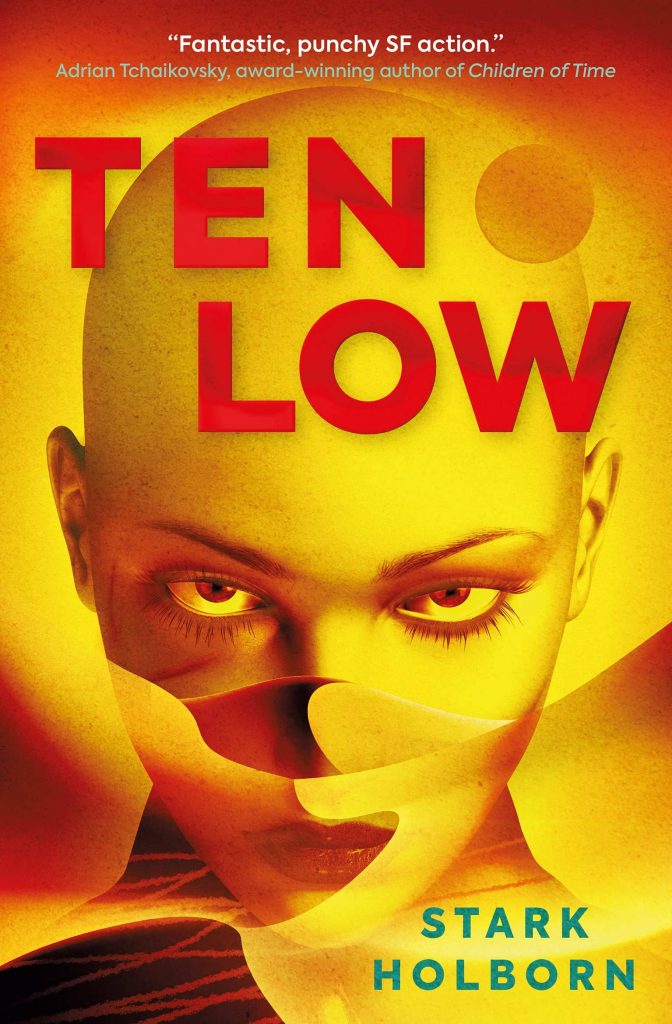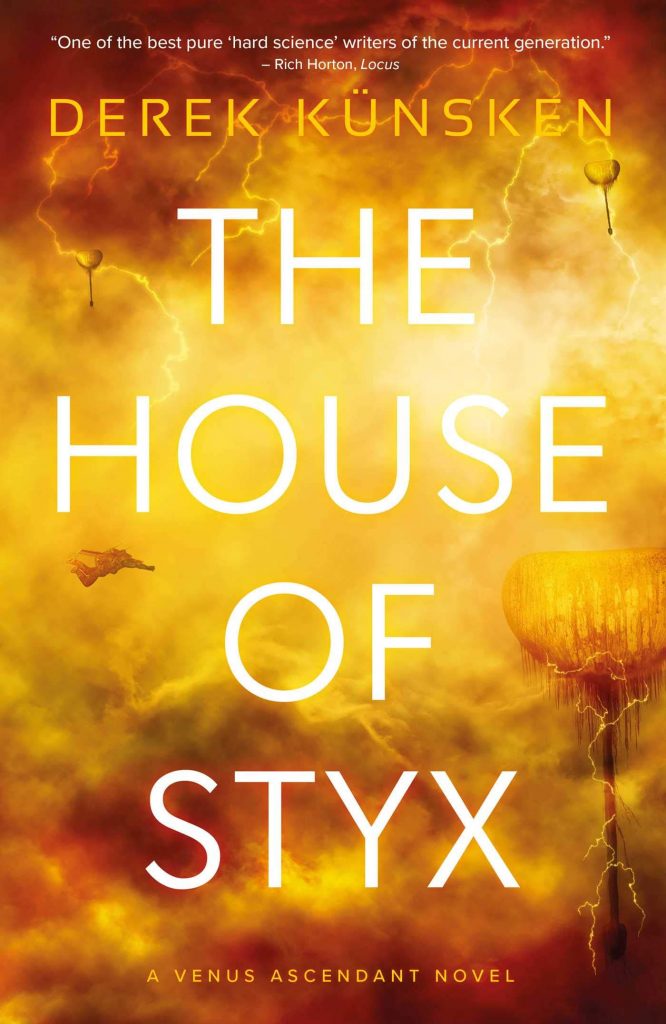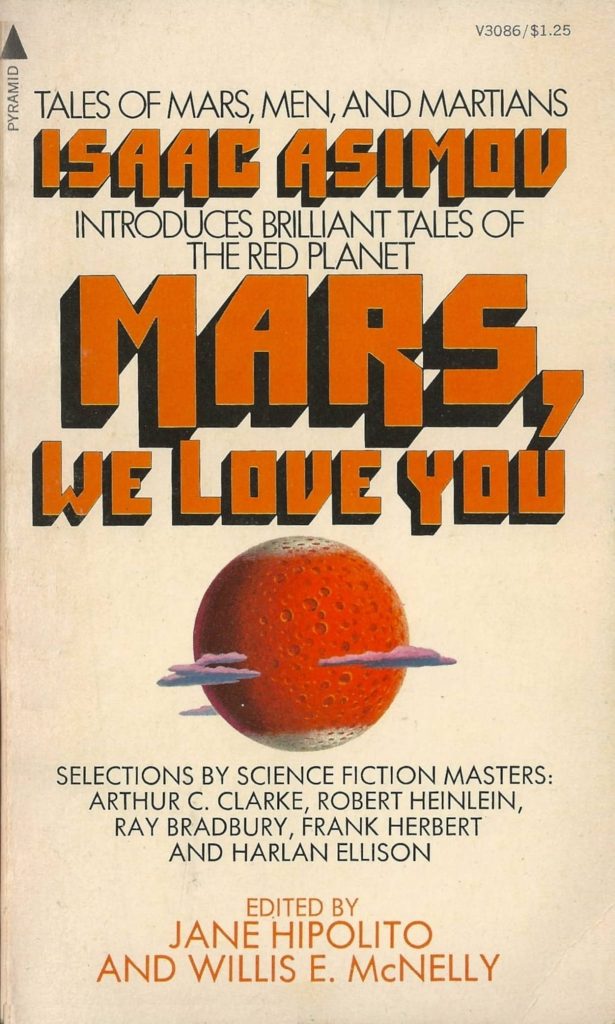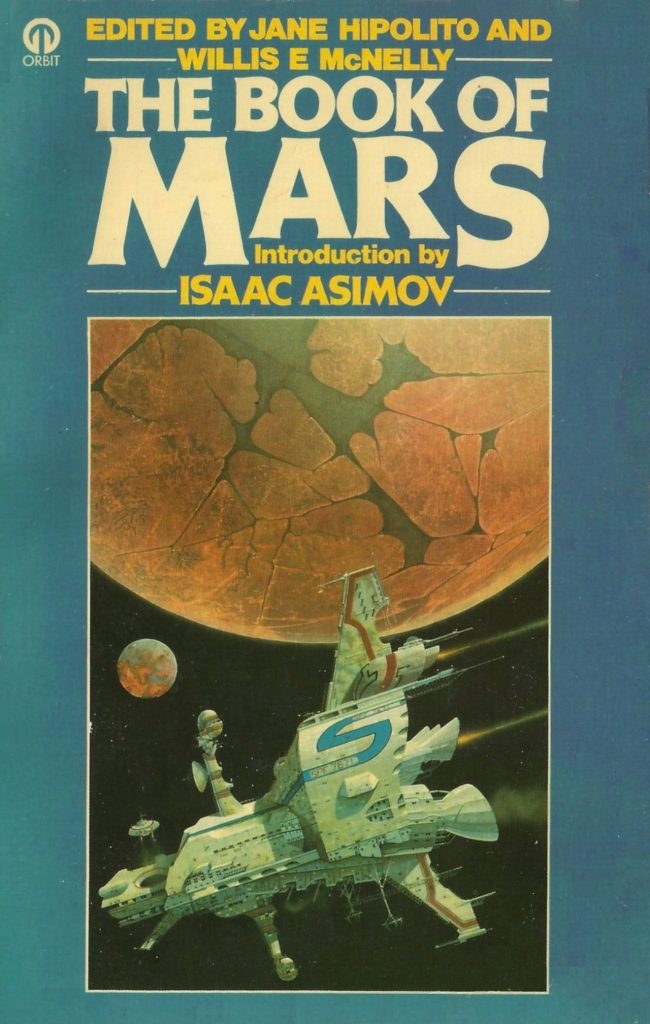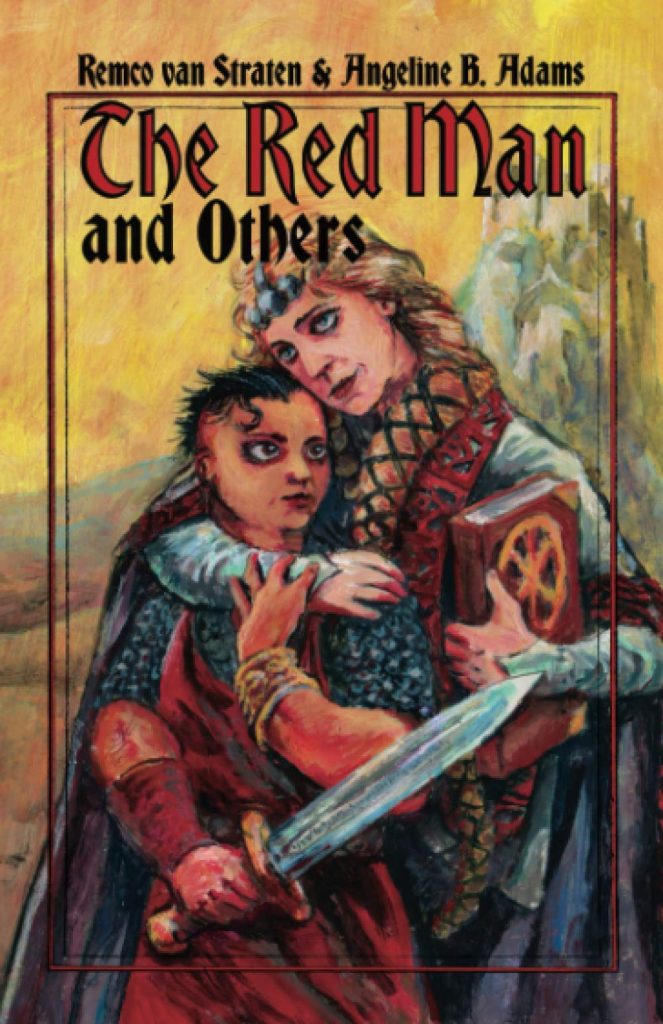In 500 Words or Less: Never Say You Can’t Survive by Charlie Jane Anders
Never Say You Can’t Survive
By Charlie Jane Anders
Tor (240 pages, $22.99 hardcover/13.99 eBook, August 17, 2021)
Let’s talk writing for a minute.
Ask a published writer at any level and they’ll tell you writing is, in some respect, a colossal pain in the ass. (Can’t remember if I’m allowed to say “ass” here but let’s leave it and see what happens.) Superstar authors with massive advances and multi-book deals rightfully claim that it’s tough to maintain the passion when writing becomes the day job. Folks at the opposite end of that career spectrum point out how demoralizing it is trying to break in. We’re all at the mercy of luck, circumstance, editor whims, etc, and it can be tough. But we’re passionate about telling stories, so we keep doing it anyway.


